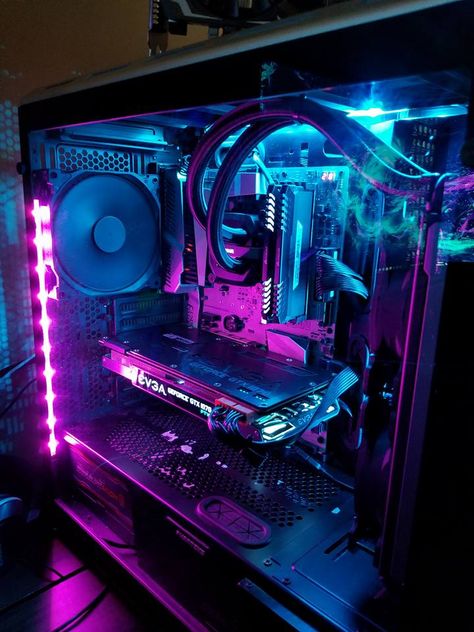Choosing a Monitor

When it comes to monitors, most people may look at what's big. The fact is that there are a lot more to consider when buying a monitor. This is especially true if you do professional color work, watch high quality movies, or like the fastest response times when playing video games. In this article, we’ll be going over the most important things to look for when browsing for a monitor, and hopefully, by the end of it you'll have a better idea of what you want to buy.
The first consideration is the video output. Look at your computer's video ports and the corresponding ones you should be looking for on a new monitor. To identify the kind of output you'll need on your monitor. If your ports are with your USB and audio ports on the back of your computer, you're probably using integrated graphics. If they're separate and further down, that means you have a dedicated graphics adapter. If you have video ports with the USB as well as on a separate location, go with the ones on the separate location. VGA, HDMI and DVI are the most common video ports used by monitors, and even in the case of a monitor not supporting the particular output of your computer, adapters are available on the market. For the best results, use a natively compatible output.
There are two types of monitors on the market today, Twisted Nematic ( TN ) or In-Plane Switching ( IPS ). They have their advantages and disadvantages. TN panels are the oldest and most common kind of panel. The main advantage TN panels have over IPS is better response times and are usually less expensive. The disadvantage of TN panels are color reproduction and viewing angles. TN panels don't have the same quality in color reproduction that IPS panels do. TN panels tend to distort colors and image outside of relatively narrow viewing angles.
IPS panels have wide viewing angles and great color reproduction. This is great for larger screens doubling as TVs and is also good for artists and videophiles who will want the better picture quality. The disadvantages of IPS panels is price. They are more expensive than TN panels. They also have slower response times which leads to increased input lag for gamers.
Screen resolution and size is another consideration when buying a new monitor. The most common screen resolution for monitors right now is 1920 x 1080 or 1080p. For most users, that is enough. A 1080p screen at a certain size and distance looks almost the same as on ta 720p screen of the same specs at the same range. Viewing distance is also important to consider when picking a monitor, and while 1080p is high definition for TVs, sitting close to larger displays you may notice pixelation. The higher the resolution, the closer you can be to a screen and the larger you can make it. There are also screen aspect ratios: 4:3 is the old standard, but nowadays 16:9/16:10 widescreen is what people are using and what most monitors come in.
Refresh rate and response time deal with similar things and gamers are usually concerned with this. Refresh rate is measured in Hz and it counts the number of times the screen refreshes its image in a single second. A 60Hz refresh rate is the standard for most monitors. However, for smoother desktop animations and high frame rate video and games, 60Hz may not be quite enough. frame rate or FPS ( frames per second ), and it basically means that high FPS content is restrained by the display’s refresh rate. For most users, this shouldn’t be an issue since movies and video typically don't go any higher than 60fps, which a 60Hz monitor can display fine. However, gamers running content at frame rates higher than 60fps will be restricted by a 60Hz refresh rate and may even experience issues like screen tearing, which results in images getting distorted due to the monitor not quite being able to keep up with the high amount of frames. Response time is measured in milliseconds ( ms ), and it measures the amount of time it takes for pixels to switch from black to white. Average response time is anywhere from 3 to 5ms, with 8ms being high. Larger displays can have higher response time without much noticeable difference. For gamers, a high response time can result in input lag which can have a disadvantage in fast-paced FPS titles.
Also consider things like adjustable monitor stands, VESA wall mounts, and integrated webcams and microphones. Features like those typically don't add as much to the price but can make a great difference in user experience for those looking for it. Other special hardware features to consider include things like 3D support, if you like watching movies or playing games in 3D), Lightboost, a feature made to reduce motion blur on fast-moving onscreen objects. Just about any monitor you look at will be have some kind of manufacturer-exclusive special feature, just know that things like 3D or G-Sync will boost the price of those monitors significantly in comparison to displays that don’t have those things.